JKPSC KAS Mains 2021 History Paper 1:
INSTRUCTIONS
Please read each of the following instructions carefully before attempting the paper.
(i) There are eight questions divided in two Sections and printed in English. Candidate has to attempt Five questions in All. Questions No. 1 and 5 are compulsory and out of the remaining, any Three are to be attempted choosing at least One question from each Section. The number of marks carried by a Question/Part is indicated against it. Answers must be written in English in Question-Cum-Answer (QCA) Booklet in the space provided.
(ii) Your answer should be precise and coherent.
(iii) If you encounter any typographical error, please read it as it appears in the text book.
(iv) Candidates are in their own interest advised to go through the general instructions on the back side of the title page of the Answer Script for strict adherence.
(v) No continuation sheets shall be provided to any candidate under any circumstances.
(vi) No blank page be left in between answer to various questions.
SECTION- A
1. Mark the following places on the map supplied to you with a short note not exceeding 30 words on the places plotted by you: (20 x 2.5 = 50)
(i) Bhimbetka
(ii) Dhaulavira
(iii) Burzahom
(iv) Lothal
(v) Kalibangan
(vi) Orchha
(vii) Daimabad
(viii) Kanchipuram
(ix) Ahmedabad
(x) Abhaneri
(xi) Mahabalipuram
(xii) Nalanda
(xiii) Khajuraho
(xiv) Tanjore
(xv) Chittorgarh
(xvi) Golconda
(xvii) Belur
(xviii) Ropar
(xix) Ellora
(xx) Mysore
2. (a) What were the major factors responsible for the flow and ebb of the Indus Valley Civilization? (20)
(b) “Not only does the ancient Tamil literature furnish an accurate picture of different classes; it also describes the geographical, social condition of Tamil country as it was.” Examine. (15)
(c) Discuss the ways in which the egalitarian character of the early Vedic society changed during the later Vedic period. (15)
3. (a) “The political and economic needs of the rulers, combined with economic and status needs of the merchant class, together provided the receptive cultural milieu in which Buddhism flourished.” Comment. (20)
(b) Discuss the interpretations of historians about the nature of Ashoka’s ‘Dhamma’. Did his principle of ‘Dhamma-Vijaya’ render the Mauryan empire militaristically weak? (15)
(c) Describe the nature and impact of India’s contact with Western Asia and the Mediterranean world during the Mauryan age. (15)
4. (a) Discuss the evolution of different schools of art in the Indian subcontinent between the second century BCE and the third century CE and assess the socio-religious factors responsible for it. (20)
(b) Would you agree that the system of land grants from the Gupta-Vakataka period was related with the decentralization of the state in any way? (15)
(c) In what ways does the numismatic evidence of the period reflect the political and economic outlook of the Kushanas and the Satavahanas? (15)
SECTION- B
5. Write short notes in not more than 150 words in each of the following. (5 x 10 = 50)
(a) Early medieval temple architecture of Kashmir. (10)
(b) Steps taken by Razia Sultan to strengthen her position as an independent ruler. (10)
(c) Bhakti and mysticism of Lal Ded emerging as a social force in Kashmir. (10)
(d) Jonaraja’s account of the rule of Zain-ul-Abidin. (10)
(e) Transformation of Sikh community from a Nirguna Bhakti sect into a politicomilitary organization. (10)
6. (a) Evaluate the statement that ‘the philosophy of Shankaracharya revolutionized religious thought in India. (20)
(b) Rajtatangini of Kalhana is a reliable source for understanding the cultural and political history of Kashmir? Comment. (15)
(c) Analyze the significance of Uttaramerur Inscriptions of the Cola King Parantaka- I. (15)
7. (a) Panditaraja Jagannatha was instrumental in developing a powerful literary tradition in medieval India. Discuss. (20)
(b) The mission of Kabir was to preach a religion of love which would unite all castes and creeds. Elucidate. (15)
(c) Critically evaluate Akbar’s Rajput policy as a conscious measure to connect them to the Mughal Imperial System. (15)
8. (a) Critically evaluate the development of paintings under Muhal rulers with special reference to colours, techniques, themes and influences on them. (20)
(b) Examine the approach of revisionist historians in viewing the 18th century as a ‘Dark Age’.
(c) Shivaji was not merely a Nationalist Indian but also was an enlightened ruler. Discuss. (15)

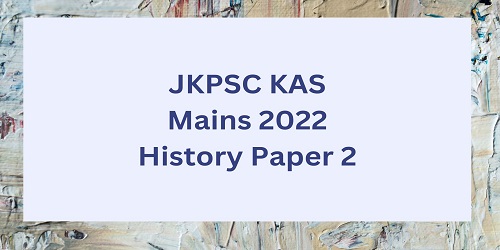
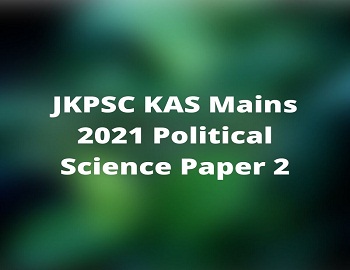
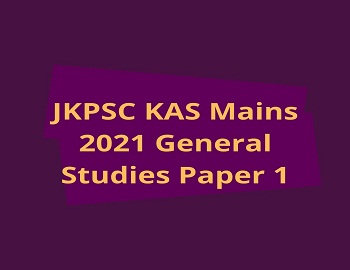

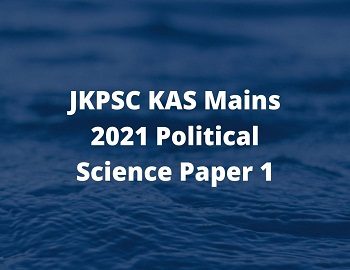
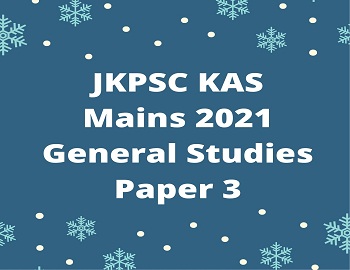
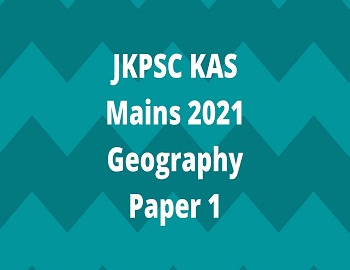

Comments (No)